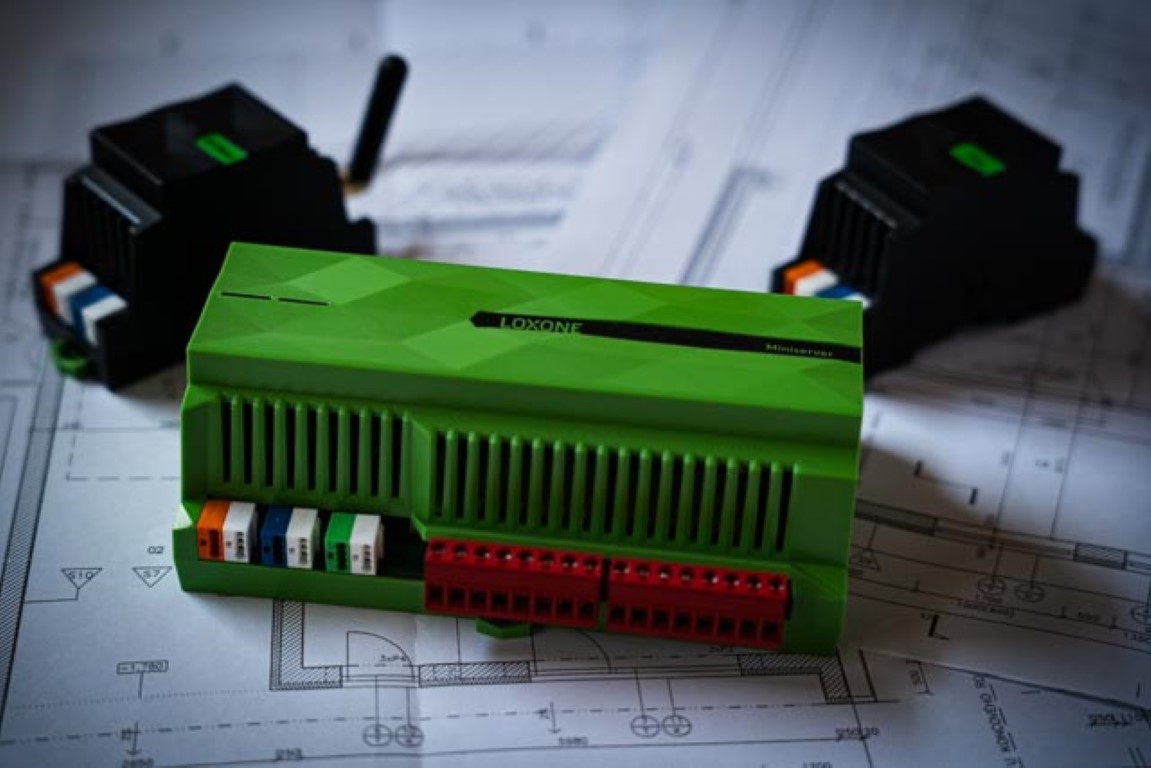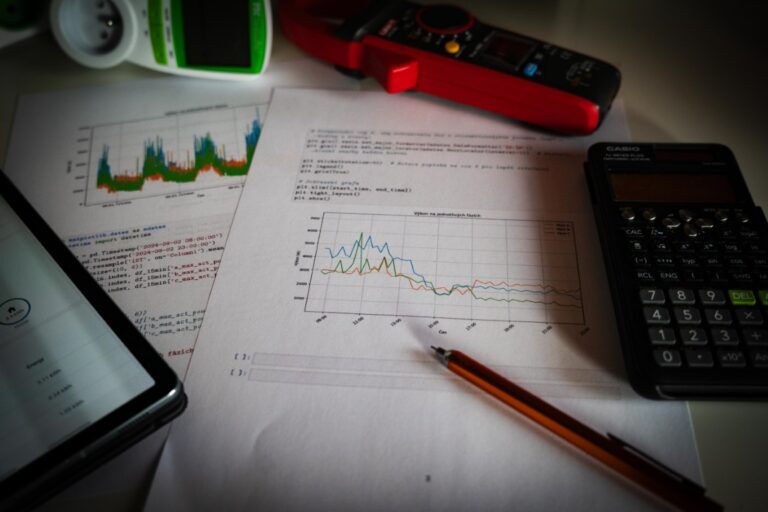

Start with What, Why, and How
Planning a smart home? Start with the right questions, not with choosing a system
Without a good design, even the best technology will be useless. Or worse — frustrating.
If you’re building or renovating, now is the time to pause and think. A smart home isn’t a gadget – it’s a set of interconnected systems that should work reliably, clearly, and efficiently.
❓ What to Think About Before You Start
1. What do I want to automate – and why?
- Heating and cooling
- Lighting and shading
- Energy usage, solar panels, battery storage
- EV charging
- Garden, pool, sauna, well…
2. What do I expect from automation?
- Comfort without complex settings
- Energy savings
- Historical data visualization
- Alerts for faults or malfunctions
- Remote access from anywhere
3. Who will design and implement the automation?
- Am I doing it myself, with a friend, or hiring a pro?
- Do I have someone who understands both wiring and automation logic?
- Can I clearly imagine what a typical day in the house should look like?
🧠 Automation Isn’t Just About the Platform
Many people start with the question:
“Which system is best? Loxone, HomeAssistant, KNX, myTEM…?”
But that’s step two. No platform will fix a poorly designed home. Automation only works when it controls something useful – and that depends on the wiring, distribution board, devices, and the building itself being ready for it.
⚠️ What Can Make Life Harder (and More Expensive)
- Electric heaters with digital thermostats that reset after power loss
- Blinds or shutters controlled by radio remotes, impossible to integrate
- A cabinet with no space for relays or additional modules
- A house that relies only on Wi-Fi without structured cabling
💰 What Does a Bad Design Cost?
- Tens of thousands spent on devices that can’t be fully used
- A system with features, but no intuitive control
- Rework or “fixes” after moving in
- Frustration when the smart home isn’t really that smart
✅ A Practical Checklist
Before you pick a platform, answer these questions:
- What do I want to control – and why?
- Where and how will I control each device?
- What types of inputs and outputs will be needed?
- Where will sensors be placed? What data should they collect?
- What might be added later – and how can I prepare for it?
Control things because it makes sense. Not just because it’s possible.
When a home has a proper design, it can be truly smart – reliable, easy to use, future-proof. Most importantly: it works for you, not the other way around.
🤝 Planning a Smart Home?
I can help you review your design or create one from scratch – tailored to your needs, budget, and future goals.
